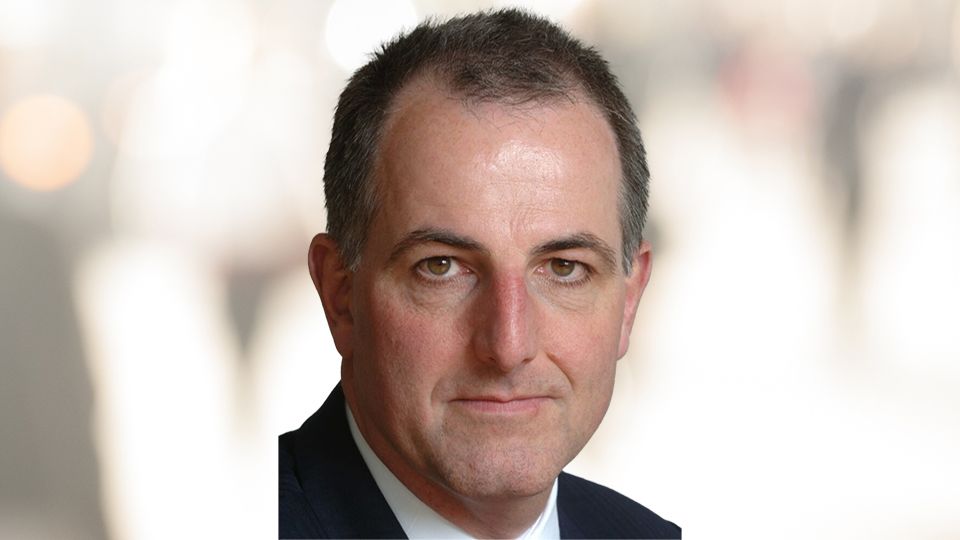The Financial Conduct Authority (FCA) could hardly have asked for a better endorsement of their Sustainability Disclosure Requirements (SDR) consultation paper than the research from the Association of Investment Companies (AIC) showing the low level of confidence that advisers and wealth managers have in funds’ sustainability claims.
If anything could strengthen the FCA’s assertion that funds’ sustainability branding and marketing needs a major overhaul, it’s research that says only 1% rate their trust in sustainability claims as 5 out of 5.
The FCA’s focus is on helping “consumers…navigate an increasingly complex investment product landscape, protect them from greenwashing, and rebuild trust”, and the advisers and wealth managers in the survey who don’t trust what they see or hear show just how far there is to go. In the meantime, they are hardly going to promote those funds with any conviction.
The FCA is proposing three labels for sustainable funds – ‘sustainable focus’, ‘sustainable improvers’ and ‘sustainable impact’ – and only those funds that satisfy the strict criteria to qualify for a label will be able to call themselves ‘sustainable‘, ‘ESG‘, or ‘any other term which implies that a sustainability product has sustainability characteristics’ or use these terms in their marketing.
There is no hierarchy (such as light green to dark green) between the labels, as each type of fund seeks to satisfy different consumer preferences:
- ‘Sustainable focus’ invests mainly in assets that are sustainable for people and/or planet,
- ‘Sustainable improvers’ invests in assets that may not be sustainable now, with an aim to improve their sustainability for people and/or planet over time, and
- ‘Sustainable impact’ invests in solutions to problems affecting people or the planet to achieve real-world impact.
To qualify for one of the sustainable labels, funds will need to meet five principles: Sustainability objective, Investment Policy and Strategy, Key Performance Indicators, Resources and Governance, and Stewardship. Each of these principles is underpinned by key considerations that apply across all the labels, and some of the principles also have label-specific criteria.
When it comes to disclosures, all funds will need to produce a high-level consumer-facing disclosure document, whether or not they claim any sustainability features. Probably the most interesting disclosure that needs to be included is “a summary of the types of holdings that the firm would reasonably expect consumers of the product to find ‘surprising’.” If a fund adopts a “best in class” approach, or tracks an index that does so, this is where that should be disclosed; no more hiding behind a sustainable moniker with no further explanation.
Funds with sustainability labels, and those that don’t qualify for a label but “adopt sustainability related features”, will also need to produce more detailed pre-contractual disclosures. These include the sustainability objective, the investment policy and strategy, and details of the stewardship policy and resources.
Labelled funds then need to publish an ongoing sustainability performance report, showing how the fund is delivering against its KPIs and its stewardship goals.
The consultation paper isn’t perfect, but if the aim is to raise the level of confidence in the claims being made by sustainable funds, it could hardly have started with a lower hurdle. It would be interesting if the AIC’s research were to be repeated at regular intervals after the disclosures come into effect to see how perceptions change. But as the labels and consumer-facing disclosures aren’t due to come in until the middle of 2024, it may take a while to find out.








